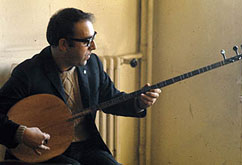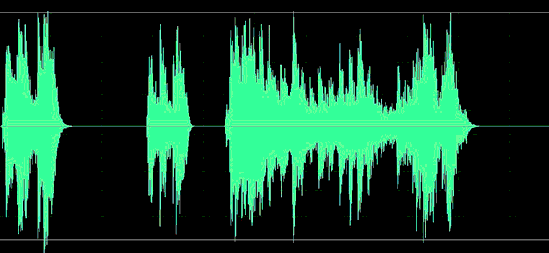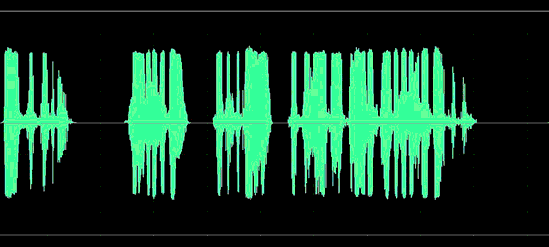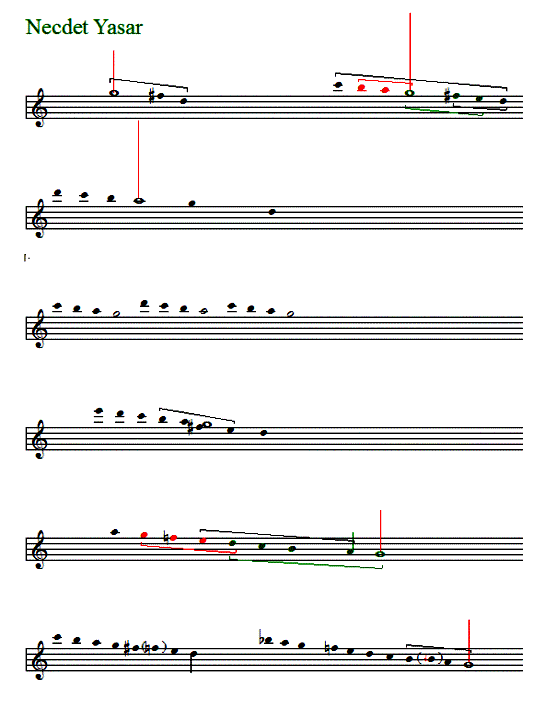|
Improvisation in
1. RHETORICAL PHRASE LENGTH. "Rhetorical" might be the best metaphor for the length of phrases in a taksim. 2. RHETORICAL PAUSES. The pauses between phrases might also be described as rhetorical. 3. RHETORICAL RHYTHMS. At the micro level, the rhythms within the phrases also resemble rhetorical rhythms. We can find an analog in the phrase lengths, pauses, and internal rhythms of the vocal part of the Mevlevi ayin.
4. REPETITION. Sequences of repeated motives temporarily create a pulse, but after a few repetitions the performer abandons the sequence rhythm to avoid maintaining a steady pulse in a "free rhythm" genre. In the transcription immediately below (from 24 seconds to 39 seconds of the audio "complete taksim" farther below) the motif up a third/down a fourth in Sequence A-1 and A-2 slows to half speed in Sequences B-1 through B-4, with numerous rhythmic variations throughout.
5. IDIOMATIC EMBELLISHMENT. At the micro level, we can hear embellishments idiomatic to each instrument. The delicate construction of the tanbur (Turkish long-necked fretted lute), for example, creates a long sustained tone ideal for exploiting the characteristic glissando of the tanbur. These glissandi punctuate the timeline of the tanbur taksim, as do also the characteristic tanbur rhythmic strumming between phrases. We can draw an analogy with the velveleli embellishment of the Mevlevi usul. 6. SINGLE EVENT. As in the obeisance of the musicians and dervishes at the name "Şemsi Tabrizi" in the Mevlevi ayini, a one-time event marks the musical timeline. A second instrument comes forward briefly near the end of the taksim under discussion here. When the tanbur begins his final descent to the karar (finalis), the ney (reed flute) cues the singer by sounding the güçlü (dominant), the first note that she will sing a few seconds later. Although important to the singer, it is also a subtle signal to experienced listeners in the audience that the taksim is drawing to a close and the vocalist will now sing. 7. MAKAM EVENTS. In his analysis of taksim, Beken demonstrates how the performer uses a constantly changing array of confirming, delaying, and deceptive elements to define the makam. The placement of these elements along the timeline of the taksim shapes this rhythmic layer in subtle and complex ways (details in Beken and Signell 2006).
These kinds of rhythmic layers found in the taksim apply equally to vocal improvisations (gazel, Koran recitation, etc.) in Turkish art music and mosque music. |




